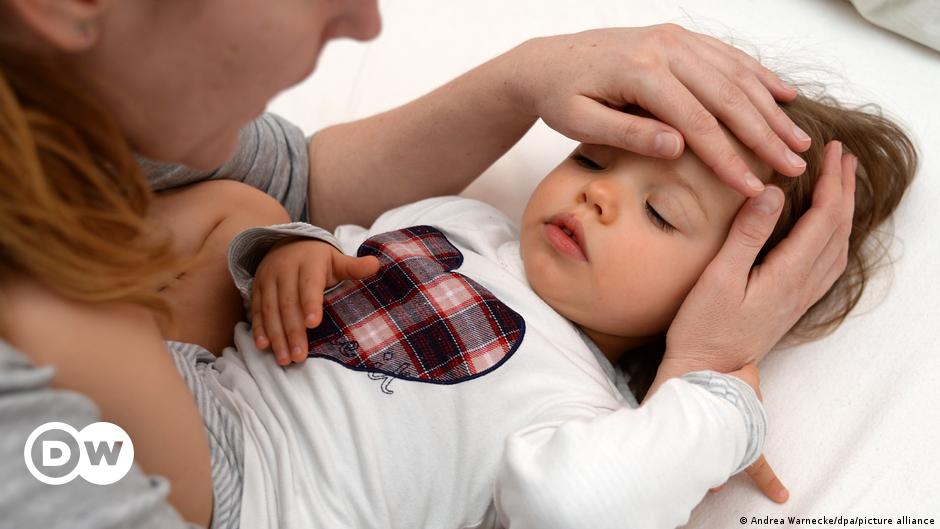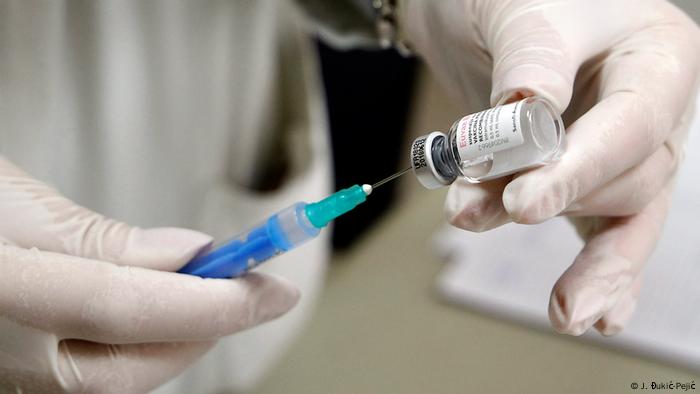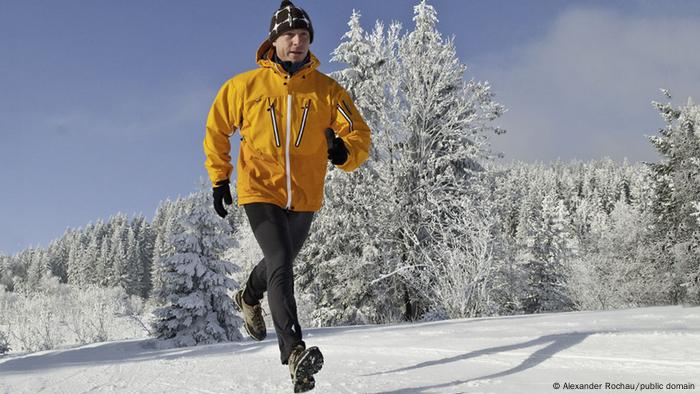Whooping cough is an infectious disease that occurs worldwide. According to estimates by the World Health Organization (WHO), there were approximately 24.1 million cases worldwide in 2014. In the following years, this number fell rapidly thanks to vaccinations. For the Year 2018 goes the WHO from about 150,000 cases. However, establishing a reliable number is difficult because not all cases are reported or diagnosed.
Whooping cough is transmitted through this Bacterium Bordetella pertussis. It’s a droplet infection. The pathogens are passed on from one person to another over a distance of up to one meter when coughing, sneezing or even speaking.
What are the symptoms?
The first symptoms are similar to those of a cold. They appear about nine to ten days after the actual infection. But even before the typical cough develops, the infected people can be carriers of the disease, and that happens quickly. About 70 to 80 percent of those who have contact with an infected person become infected.
The bacteria that infected people have ingested via droplet infection settle in the upper respiratory tract and in the bronchi. There they multiply. They form toxins that damage the cilia and irritate the mucous membranes and the cough center in the brain. This leads to spasmodic coughing fits. The patient then breathes in air again with a pulling, panting sound. This wheezing has given the disease its name.
What is the course of whooping cough?
Whooping cough progresses through three different stages: The first is called Stadium catarrhale called and lasts about one to two weeks. The bad coughing fits only come later. The illness is therefore initially unpredictable, because a cold, cold symptoms and a slightly elevated temperature do not seem to be a cause for concern at first.
The second stage, that A convulsive stadium, showing severe symptoms. Especially in small children, the cough is like fits of suffocation, in which the children gasp for air. The so-called staccato cough is spasmodic and the patients have difficulty breathing.
To the third stage, the so-called Stadium decrementi, it comes after about two to four weeks. During this time, the coughing attacks become less frequent and the bronchial tubes gradually calm down.
Who is particularly at risk?
Infants and young children are most commonly affected. At times they cough so badly that one might think they are choking. Coughing attacks with them are more like a squeaking noise, which does not make the disease any less dangerous.
In young children, serious complications can occur, such as respiratory arrest. The situation can be life-threatening for them because their airways are still narrow and can swell up in a short time. Babies and small children with suspected whooping cough should always be examined by a doctor as soon as possible. About two-thirds of them need to be hospitalized for treatment.
How to prevent?
Babies and small children are particularly at risk of becoming infected, as most of them do not yet have adequate vaccination protection. But it exists if the mother-to-be is vaccinated against whooping cough. Vaccination should start from 28th week of pregnancy be performed. Such a vaccination can protect the infant from possible infection in the first few weeks of life.
Numerous other countries also recommend vaccination during pregnancy. These include the US, the UK, Belgium, Switzerland, the Netherlands, and Australia and Argentina.
At the age of two months, babies should start with the basic immunization. Usually it is a triple vaccination against tetanus, diphtheria and polio. Vaccination is also recommended for adults. It must be refreshed at regular intervals, on average every ten to 15 years.
How is whooping cough treated?
Depending on the severity of the disease, the doctor will prescribe an antibiotic. If an antibiotic is given very early, i.e. at the first sign, it can prevent a large part of the symptoms or at least reduce the coughing attacks and ensure that the coughing is not quite as severe.
If those affected are already suffering from bad and painful coughing attacks, antibiotics cannot shorten the course of whooping cough, but they can shorten the duration of the risk of infection.
When coughing fits begin, it is important for those affected to sit up as upright as possible and bend their head forward. This applies to everyone: from infants to adults. Since whooping cough is a serious and dangerous infectious disease, special rules apply. In Germany there is an obligation to register.
Whooping cough affects all age groups
Adults can also become infected easily, especially if they are not vaccinated. It needs to be refreshed every 10 to 15 years. Unlike in infants and children, the disease is only life-threatening in exceptional cases and is more like bronchitis.
Those who recover from whooping cough do not have lifelong immunity from reinfection. The disease is then only somewhat milder. Vaccination is therefore advisable in any case. This is the only way to protect yourself and others.










